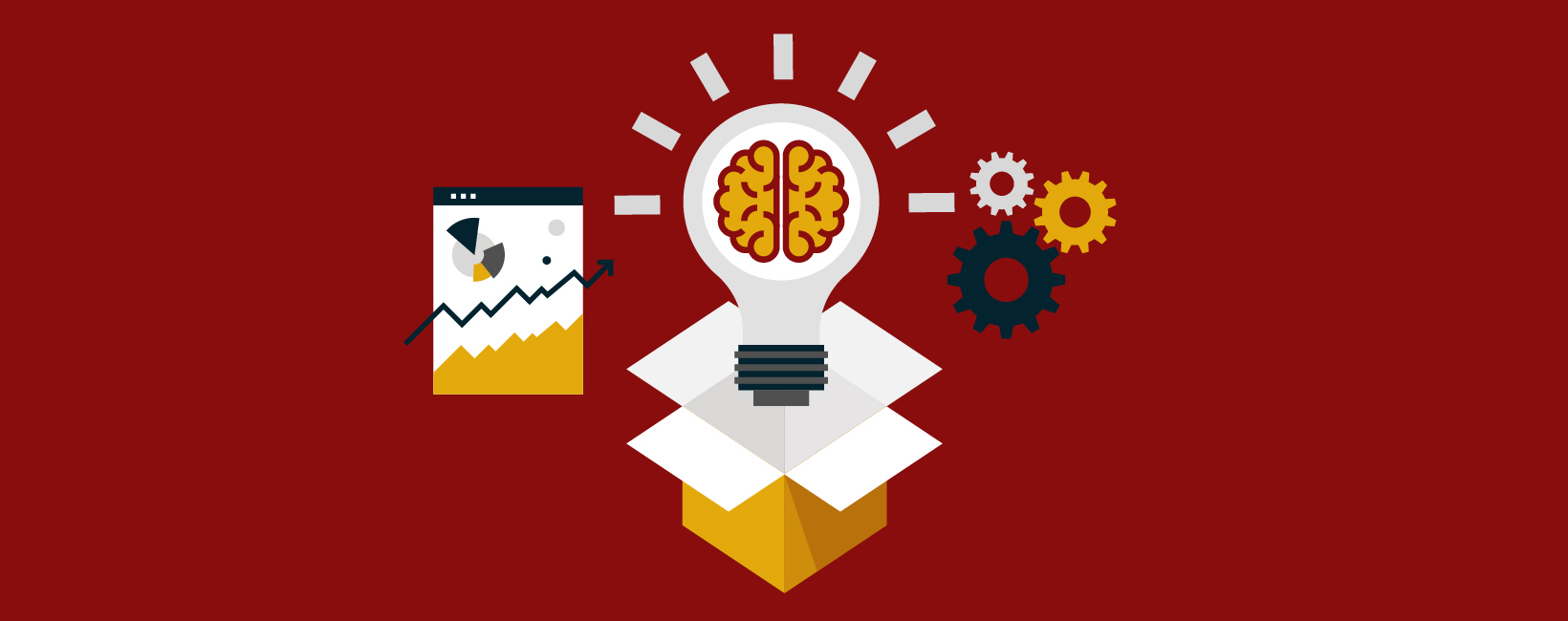 Dec 21, 2021
Persona
Dec 21, 2021
Persona
In last month’s mStoner blog, Michael—my longtime business partner, colleague, and friend—celebrated the past 20 years of mStoner’s work in higher education. It was a fitting topic, given Michael’s retirement at the end of this month and our joining this powerhouse company, Carnegie, in September.
Reflecting on the most recent past myself, I’m gratified and heartened by the collective resilience of our devotion to education amid political, cultural, economic, and epidemiological turmoil. In the face of sustained uncertainty and fear at a global level, we as a society remain committed to the idea that education can transform our individual lives and better our world.
In my conversations with clients and colleagues in recent months, three topics have come up repeatedly:
- The need for greater cross-departmental communication and collaboration.
- The realization of meaningful personalization in web communications.
- The discipline of measurement and adaptation.
Communication and collaboration
Those of you who are familiar with Carnegie’s approach to branding know that the foundation of our philosophy is the power of human connection. Why? Because as human beings, we are hardwired to seek connections. The core of our branding work is helping institutions to connect with prospective students on not only an intellectual level but also an emotional level. And we know that most decisions are made at the emotional level.
The importance of human connection applies to an institution’s brand—and also its administration. Simply put, we need to work together better. In a flash poll during our most recent webinar, more than 70% of attendees reported that key players in recruitment and retention—marketing and communications, admissions, information technology, student affairs, and advancement—continue to operate in tight silos. Differing and disparate strategies, execution plans, and technologies remain in place.
While a small number of institutions have restructured these offices to create more unified leadership, most will continue to retain more traditional administrative structures. My colleague Ben Arendt talks about how the traditional enrollment funnel has morphed into an enrollment and marketing ecosystem in which students may interact with institutions across entry points, channels, time, and space in non-linear ways. In that ecosystem, disparate teams in an institution are coming to recognize that their long-term, collective success relies on purposeful cooperation and collaboration across operational boundaries.
Personalization
We’ve been talking about bringing personalization to higher ed sites for more than a decade, and most everyone points wistfully to the Amazon experience and the Staples easy button. The biggest reason people cite for not implementing personalization is a lack of editorial capacity.
I’d wager, however, that the chief barrier to personalization in education isn’t the absence of a storehouse of deployable content. Rather, I think it’s a lack of clarity about how best to support the prospective student journey.
In fact, given the abundance of information on typical websites, students are bogged down by too much information without enough relevance and resonance. Meaningful personalization involves stripping away the noise, providing more relevant information, and supporting the journey from meaningful interaction to meaningful interaction.
Measurement
Most RFPs we see today reference the need for data-driven decisions and greater focus on analytics. However, even after a significant investment in a new web presence, many institutions revert to monitoring two bottom-line numbers: deposits and registrations.
While those numbers are the ultimate measures of success, we can realize more progress by getting more granular and iterative across channels, campaigns, and communications. To paraphrase Ben once more, the new admissions communications ecosystem demands that every entry point has a message and a metric.
In fact, none of these areas of focus is new. We’ve been talking about collaboration, personalization, and measurement for years. But 2022 offers us the opportunity to make real progress. Over the course of the next year, we’ll be sharing resources, ideas, and information to help you effect positive change in each of these areas. Let’s go.
P.S. On behalf of all of us who work in higher education communications, I’d like to thank Michael Stoner for everything he has done—presciently, kindly, and humbly—to further our field. Michael, we are surely better for having known and worked with you, and we are truly grateful.
Check the Carnegie blog in 2022 for resources on collaboration, personalization, and measurement and contact us any time with any questions or to start a conversation.
Voltaire joined the Carnegie team in 2021 when the company acquired mStoner, a web development and technology agency for higher education that he led as CEO and Head of Client Experience. He has spent the last decade in development and alumni relations, working on print publications, alumni magazines, capital campaigns, and website launches. A natural storyteller, Voltaire enjoys teaching others how to effectively tell their brand story, empowering colleges and universities to forge transformative, memorable, and successful connections with their audiences. His expertise in information architecture, content strategy, and governance moves institutions from a project mindset to a process mindset, with powerful results.
Follow and engage with Volt on Twitter HERE where he shares content and opinions on website strategy, brand strategy and marketing.
